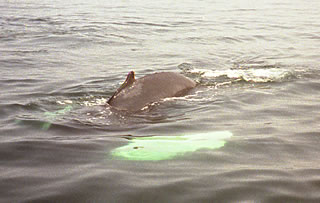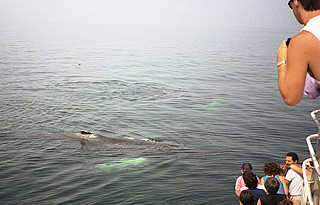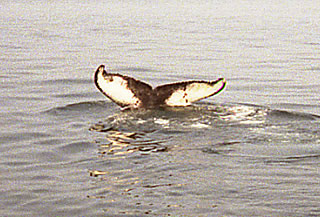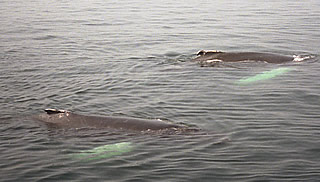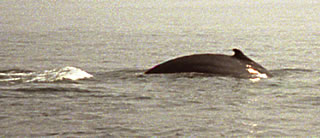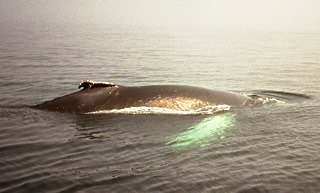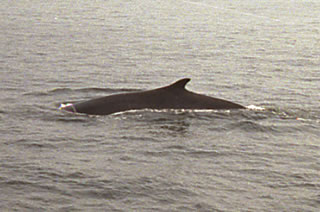

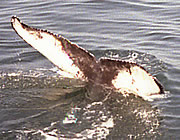
Boston is a lovely city with a unique character and lots of historical interest as well as great food and baseball at Fenway to enjoy.
Not far away Cape Cod is a beautiful peninsula with fine beaches, more good food and wonderful whale-watching.
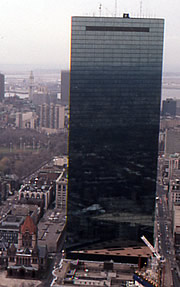
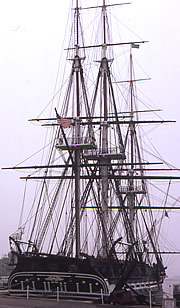
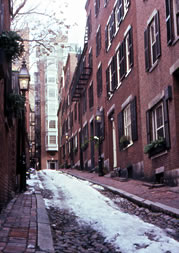 Beacon Hill in the snow
Beacon Hill in the snow 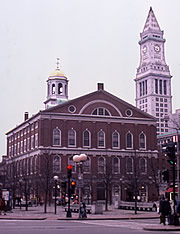
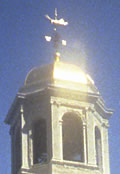
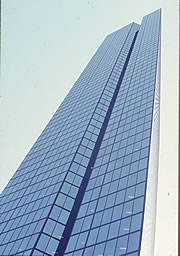 John Hancock Tower
John Hancock Tower
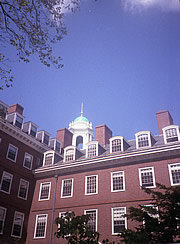 Inside Harvard University
Inside Harvard University
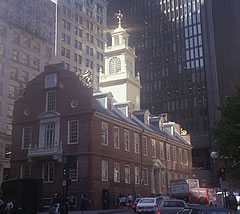
Both Andrew and I have lived in New England: I in Amherst in the west of the state and Andrew in Boston. We both love the area and the people and of all the places we have lived in and visited in the States, this is the one we could settle in.
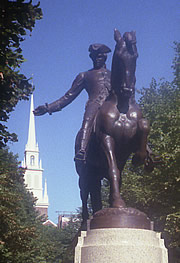
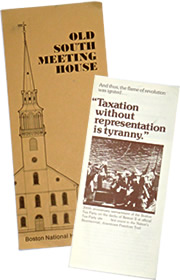
Boston, Massachusetts, sits on the east coast at the mouth of the Charles River, the capital of New England and a cosmopolitan city with distinct neighbourhoods. Its history extends right back to the beginnings of settlement from Europe. The Puritans came to Massachusetts in 1620 and within ten years had established themselves in the Boston area after first trying less congenial spots in Salem and Charlestown. It was soon after named Boston after the English fen town.
The settlement was a theocracy, the church essentially governing the colony, with a very strict moral code. It prospered due to the coastal location which was ideal for trade and ship building.
In the eighteenth century Boston became the touch paper which eventually led to independence from the British parliament. Incensed at high taxes and trade restrictions, the colonists rebelled against "taxation without representation" - they had no influence within the British parliamentary system. British troops were sent to control protestors which led to a series of confrontations. The so-called Boston Massacre of March 5, 1770 was the result of British troops' aggressive response to abusive Bostonians: fired on by the troops at the (old) State House, five colonists died and the inflamed atmosphere was exploited by Sam Adams who rallied the citizens to further resistance.
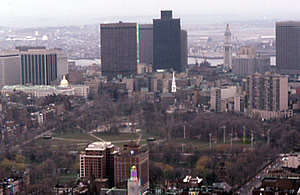
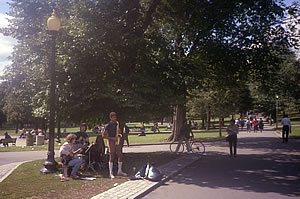 Summer on the Common
Summer on the Common
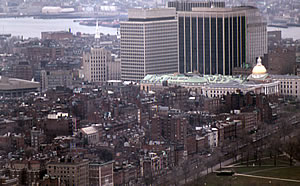 Beacon Hill and the new State House
Beacon Hill and the new State House
The infamous Boston Tea Party occurred three years later, stimulated by the continuing tax on tea (all other taxes having been repealed). This remaining tax gave the East India Company a monopoly to sell tea in the colonies. In December 1773, with three ships and their cargoes of tea in the harbour, the situation was deadlocked - the captains were not allowed to offload their cargoes and a meeting at the Old South Meeting House resulted in Sam Adams concluding that the situation was at stalemate. Ninety Bostonians disguised themselves as Indians (not sure how this helped - seems a bit cowardly to try to offload fault to the native Americans!), boarded the ships and dumped the tea in the harbour. The port was closed by the British and further punishment only served to unite the colony and stimulate the formation of militia or minutemen.
The unrest continued and the troops remained. In April 1775 the British were preparing to march on Concord where they knew the militia had stored weaponry. That night the sexton of Old North Church hung two lanterns in the church steeple to signal the direction the troops were taking. Waiting for the signal were Paul Revere and several others who rode off to warn the villages, and John Hancock and Sam Adams in Concord that the British were on their way. At Concord the patriots stood their ground, firing the "shot heard around the world" and marking the beginning of the end of American dependency.
Today the city encompasses parks and gardens, financial and business districts, universities and sports grounds, theatres and cinemas - all the attributes of a major American city.
Boston Common is a 50 acre public space, the original settlement land of the city, so dating from 1634. Over the centuries the land has been used for grazing, military training, rallies, punishment in the form of a whipping post, pillory and stocks and a general recreational area. The public gardens nearby has a man-made lake on which the famous swan boats carry passengers on short pleasure rides.
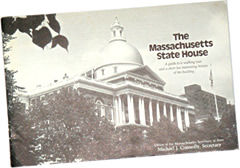
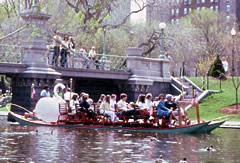 Swan Boat in the Public Gardens
Swan Boat in the Public GardensFaneuil Hall marketplace is one of our favourite spots. It is composed of three buildings housing shops including classical-style building, Quincy Market. There are lots of eating places and small shops - this was the first place I came across an open-all-year Christmas shop! The area, along with the nearby waterfront, had deteriorated badly but has been successfully renovated into a lively, popular space.
The new State House, seat of the state government, was built in 1798 and is the oldest building on Beacon Hill. Its distinctive gold dome is a prominent landmark on the edge of Beacon Hill where a beacon was located in the seventeenth century. This peaceful residential area was filled with mansions and other desirable property in the nineteenth century.
Nearby is the 1847 Custom House became Boston's first "skyscraper" in 1915 when it was topped by a pyramid. A much later innovative design in the John Hancock Tower on Copley Plaza ran into a lot of problems during and after its construction, not least being windows falling to the ground!
Boston has a huge variety of food on offer. The fish is fantastic and there are a number of fish restaurants down by the harbour: Legal Sea Foods instantly springs to mind! The North End is another of our favourite places for the food. Italian in character you can get really authentic pasta here in tiny restaurants and buy Italian produce at the grocery stores.
In Cambridge, on the north side of the Charles River, are two world-famous educational institutions: Harvard University and the Massachusetts Institute of Technology. Harvard is the oldest university in the US, founded in 1636 as Harvard College. As the Michelin Guide says "Harvard is a city within a city with 300 buildings including more than ten libraries, seven museums and dozens of laboratories..."
MIT first began life in Copley Square and moved to its present location in 1916. It has an ethos of practical application of research and remains one of the most important institutions in the world for research and development in the physical and engineering sciences.
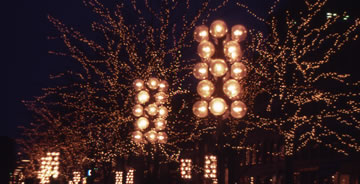
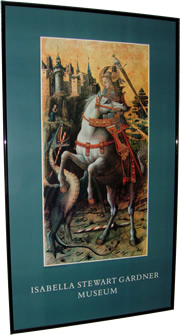
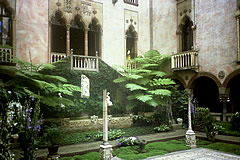
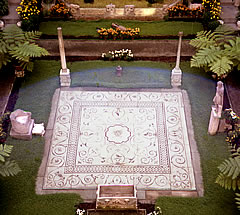
The Museum of Fine Arts has extensive collections including a well-respected Asiatic department, but my favourite by far is the Isabella Stewart Gardner Museum. Fenway Court, set around a tranquil Italianate courtyard, was built on the instructions of Isabella Stewart Gardner to house her collection. She was a keen collector of furnishings, paintings, textiles and sculpture. The building feels more like a very-well appointed home and is an intimate space to view some very impressive pieces.
I love John Singer Sargent's "El Jaleo" at the entrance and have my favourites throughout the gallery: Carlo Crivelli "S. George and the Dragon" (left), Piero della Francesca "Hercules", Albrecht Dürer "A Man in a Fur Coat", Hans Holbein "Sir William Butts M.D." and "Lady Butts", Uccello "A Young Lady of Fashion", John SInger Sargent "Isabella Stewart Gardner", Masaccio "A Young Man in a Scarlet Turban", Rembrandt, "Self Portrait", "The Storm on the Sea of Galilee" and "A Lady and Gentleman in Black", Raphael "Count Tommaso Inghirami". The museum is a lovely place to wander among some superb pieces of art.
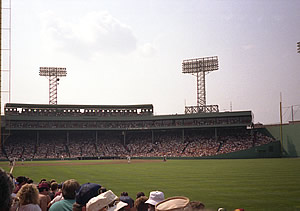
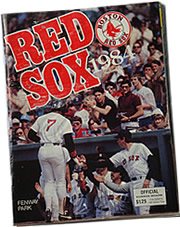
The best place to enjoy a baseball game. Home to the Boston Red Sox Fenway Park is the oldest major league baseball ground, opened in 1912. The Sox play in the American League.
Home also to The Wall aka The Green Monster: a 37 feet high fence in left field only 315 feet from the batter, it looks temptingly close for a home run. But being so close the ball is that much more quickly retrieved!
In the US this is great family entertainment, very vocal and a lot of fun.
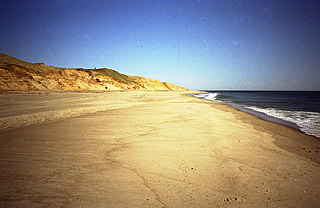
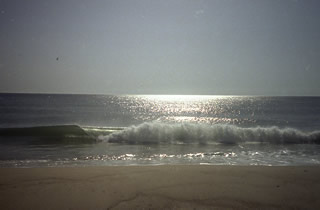
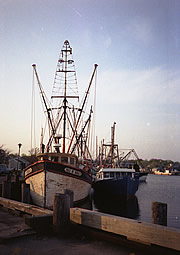
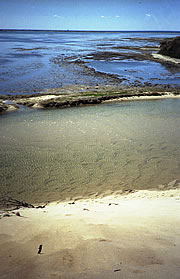
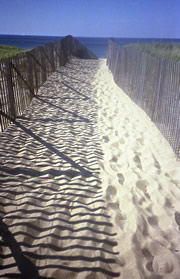
Though extremely popular with tourists this peninsula jutting out from the Massachusetts mainland has many miles of beaches and dunes which remain unspoilt. It was named by Bartholomew Gosnold, an explorer who was impressed by the abundant cod in the surrounding waters. I particularly like the extensive wild dunes - the east coast can be windy so is often virtually deserted leaving miles of sandy beach to a few visitors. Marconi beach is one of the best. On the east Cape Cod National Seashore it is the site of the Marconi station from where the Italian physicist operated the first transatlantic wireless station between 1901 and 1917.
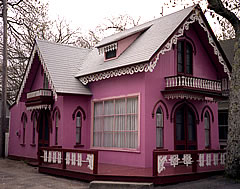
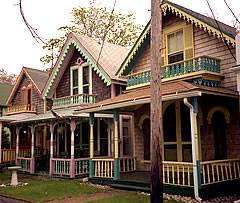
South of the bent arm of land are the islands of Martha's Vineyard and Nantucket which were whaling centres in the eighteenth and nineteenth centuries. Today they are also popular tourist destinations with their unspoilt beaches and quaint Victorian "gingerbread" houses.
Provincetown - P-town - on the fist of the arm is another eighteenth century whaling centre and from here whale-watching trips depart. These coastal waters are one of the top ten places in the world to see whales - a fantastic experience. Humpback, Fin (second only in size to the Blue whales) and Minke are quite common, and the endangered Right and Killer if you're lucky. Cape Cod was the setting for Herman Melville's classic whaling novel Moby Dick.

